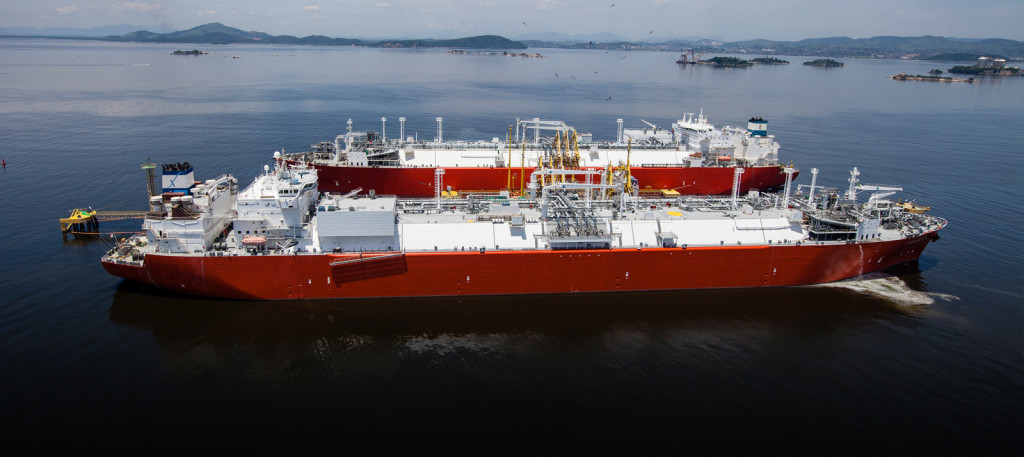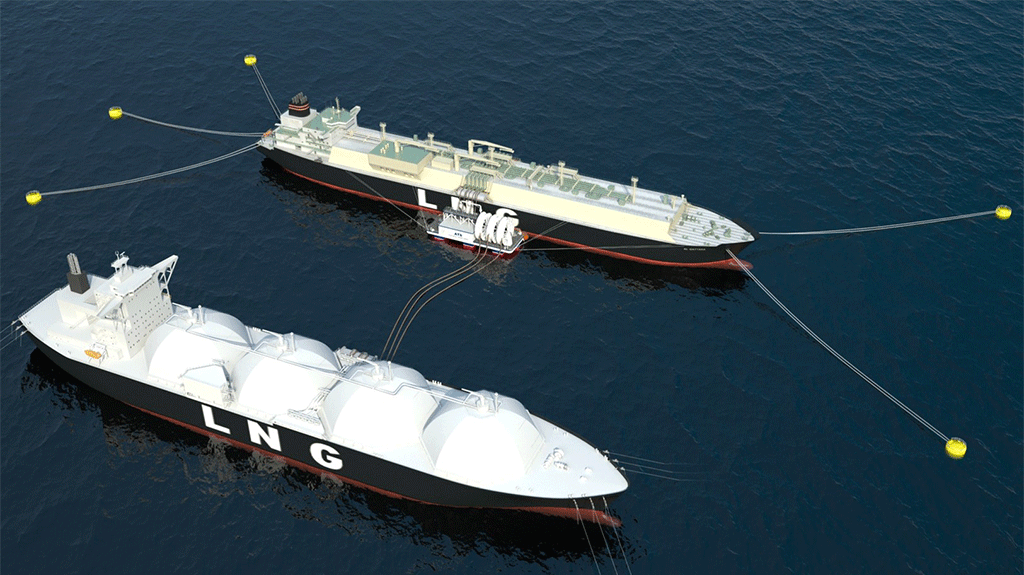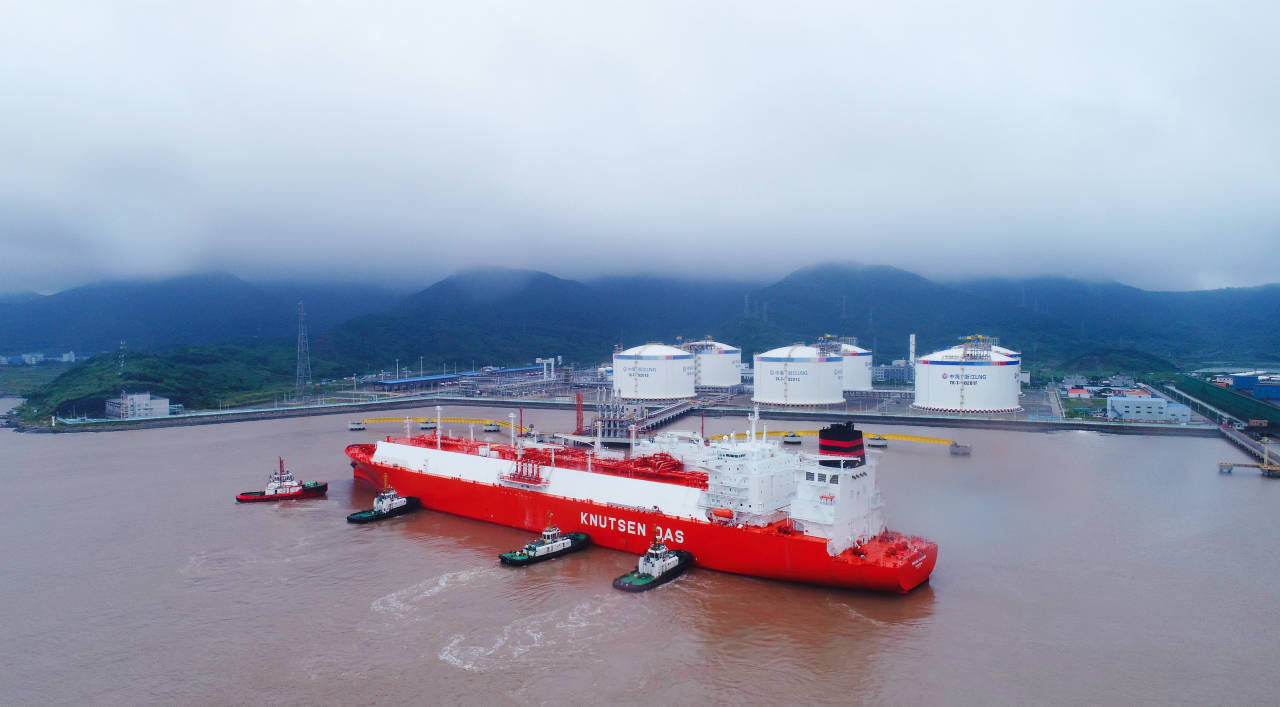HOHN GROUP keep offering effective solutions for LNG transfer

This LNG hose are used for Liquid Nitrogen and LNG Liquefied Natural Gases at extremely low temperature to Minus -196℃.
SHIP TO SHIP, LNG BUNKERING, STORAGE TANK, IN PLANT, LOADING AND UNLOADING, JETTYLESS LNG TRANSFER.
LNG transfer solutions require specialized cryogenic hosing to safely transfer LNG to regasification plants. In many cases, there will be a need for traditional jetties; however, due to the requirement for specialist cryogenic hoses for LNG transfer, more focus is being placed than ever before on hose technology and its capabilities.
LNG transfer solutions require specialized cryogenic hosing to safely transfer LNG to regasification plants. In many cases, there will be a need for traditional jetties; however, due to the requirement for specialist cryogenic hoses for LNG transfer, more focus is being placed than ever before on hose technology and its capabilities.
Similarly, in offshore environments, cryogenic hose technology allows transfer to occur in deeper seas and in more challenging conditions. In comparison to traditional side-by-side transfer using loading arms, cryogenic hoses can be used in a tandem configuration, significantly increasing the distance between the vessels involved: approximately 100 m–150 m for FLNG-to-carrier transfers, and 300 m–500 m for carrier-to-FSRU offloading transfers. This distance plays an important role in mitigating the risk of collision, as does the fact that the high flowrates afforded by the technology significantly reduce the length of the transfer operation, further reducing risk
A major advantage of hose-in-hose technology is that it can negate the need for fixed onshore infrastructures; a concrete platform onshore combined with hose transfer solutions offers an alternative that can be up to 80% more cost-effective for locations where fixed onshore infrastructure would be prohibitive.
As LNG’s role in the global energy mix increases, it is imperative that transfer technology keeps pace. Cryogenic hose technology is demonstrating that transfer technology can match the ubiquity and flexibility of LNG fuel itself.

HOHN Offshore has developed cryogenic systems meeting EN 1474-2 standard for offshore LNG transfer, both for ship-to-ship and ship-to-shore using flexible composite aerial hoses.
Ship-to-ship Cryogenic Tandem Offloading system connects the bow of a shuttle LNG carrier to the stern of a LNG production vessels, like a FSRU or FLNG vessel.
Tandem mooring of two vessels is a proven system and is very safe and reliable in harsh weather conditions. The LNG transfer includes large bore aerial type composite hoses for LNG and vapour return. Per hose upto 5,000 m3 LNG per hour can be transferred.
Ship-to-shore Cryogenic loading system connects the bow of LNG carrier to a Cryogenic Loading Tower (CLT). This CLT is a tower based solution that can transfer LNG to and from ships or floating offshore units. This solution replaces the jetty / breakwater and is a complete offshore solution.
The CLT is deployed as single point mooring system in water depths of typically 10 to 30 meters. The bottom fixed tower is equipped with one or more aerial cryogenic composite hoses.
Following the SIGTTO guidelines and procedures, the tower and hoses are drained and purged to ensure a safe holding mode.
LNG reeling hose at random length or customized length each root are available for more details pls contact our engineers team.

